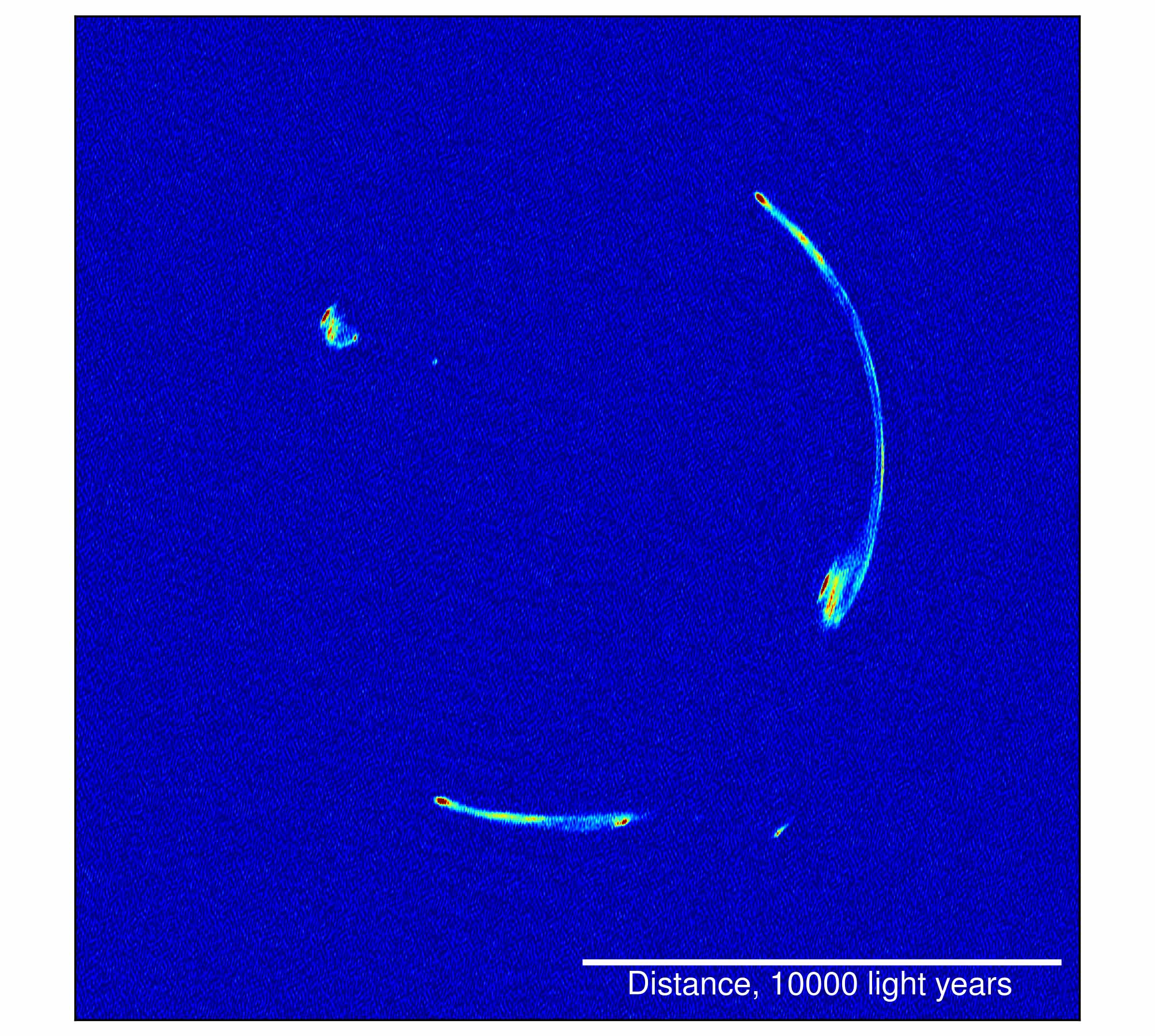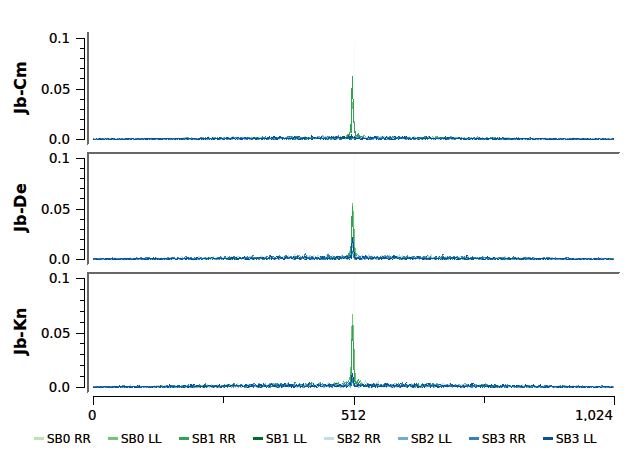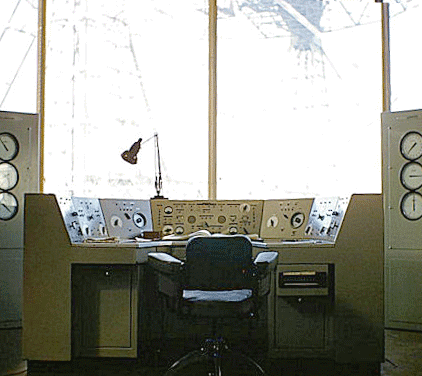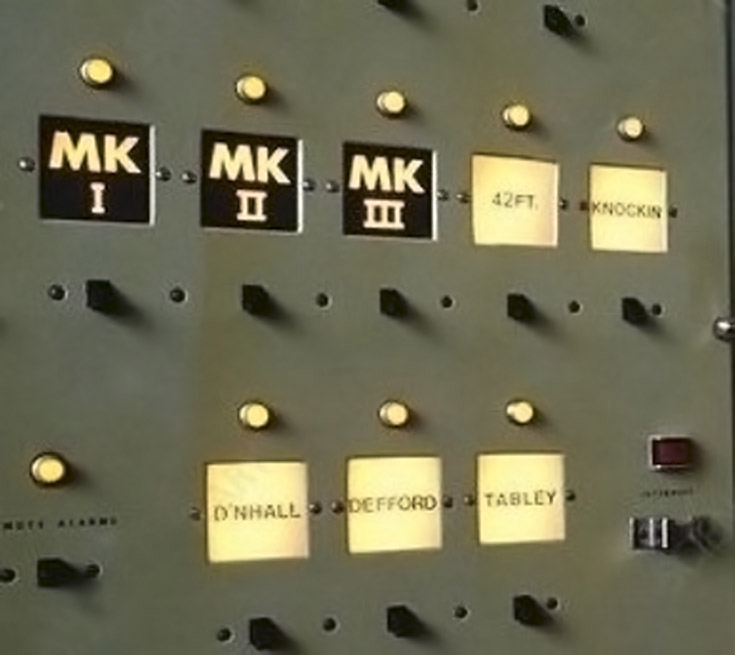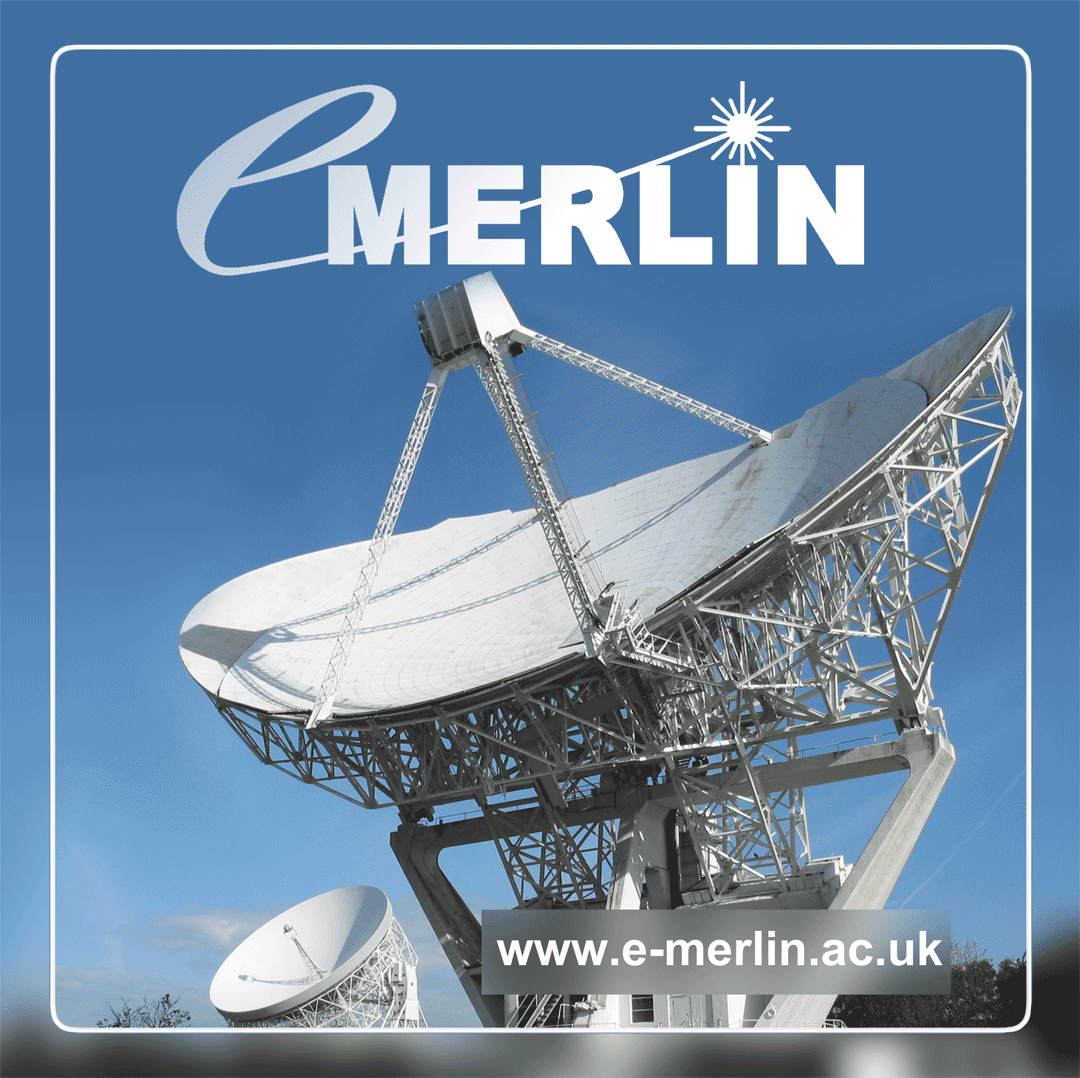Disk Recording Mode
This is the tradiational method of operating VLBI whereby the data are recorded locally at each telescope on disk which are later delivered to JIVE for correlation. There are 3 sessions per year, each lasting approximately three weeks. The delivery of the data ranges from physically transporting disk-packs to JIVE in the Netherlands or, as is being adopted by an increasing number of observatories, over the internet from 'flex-buffs'. This method provides the largest observing bandwidth as the data transport need not happen in real time.
